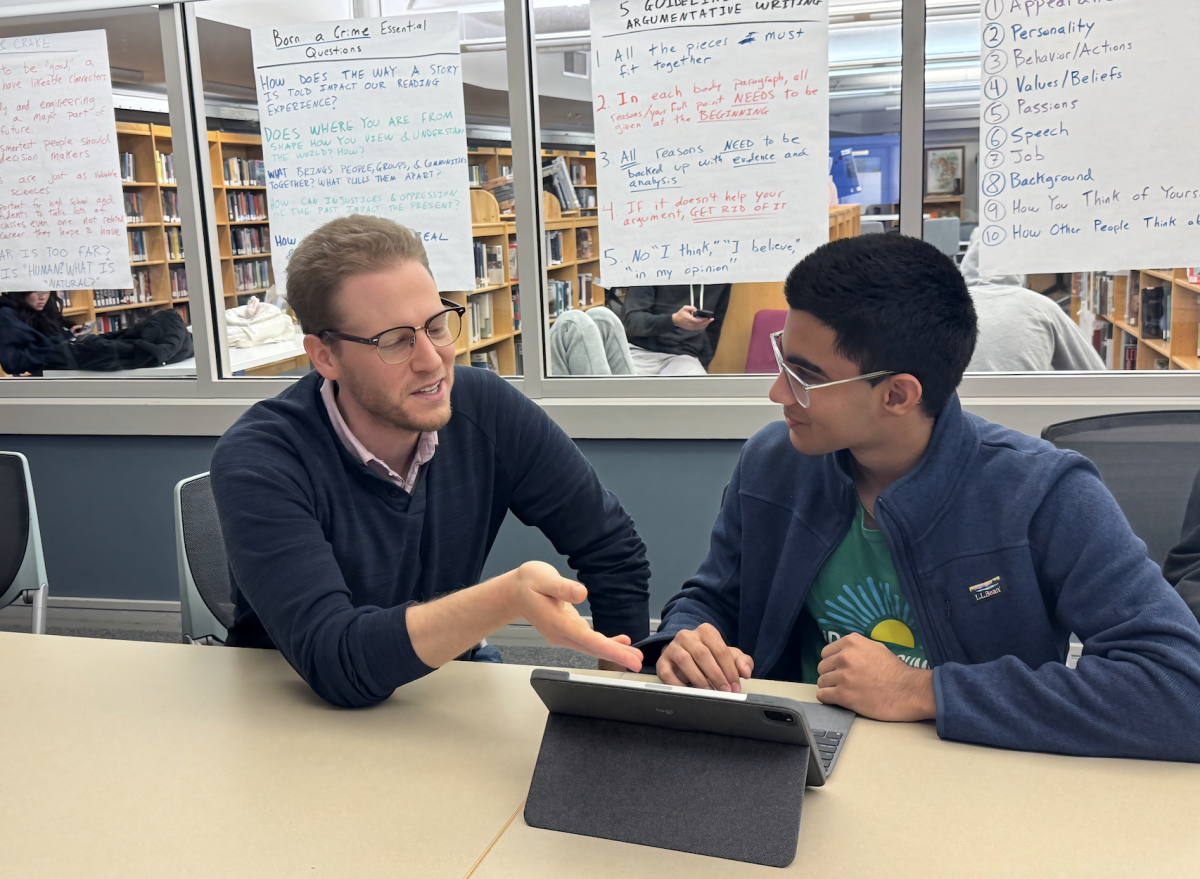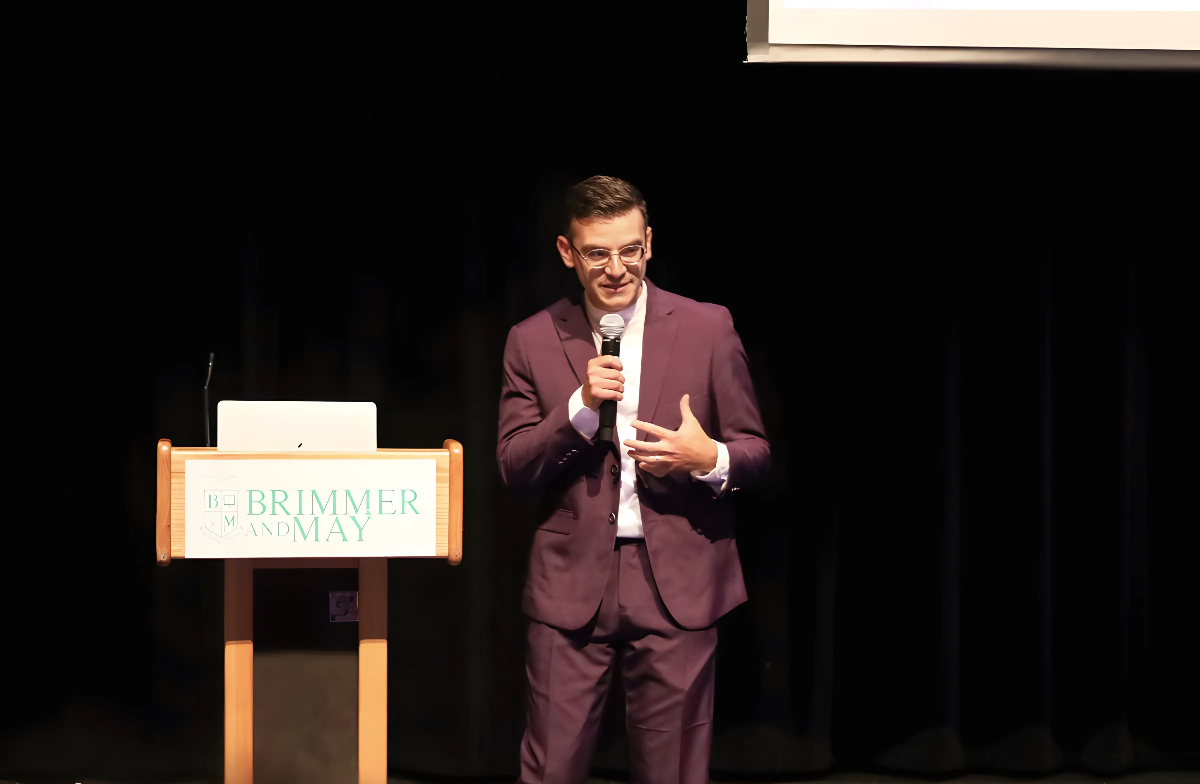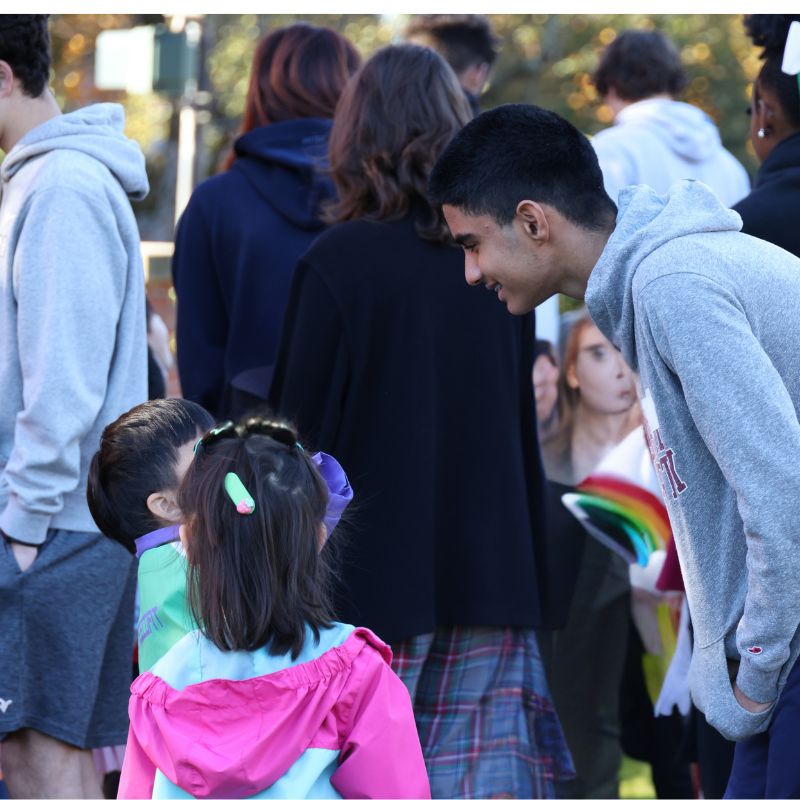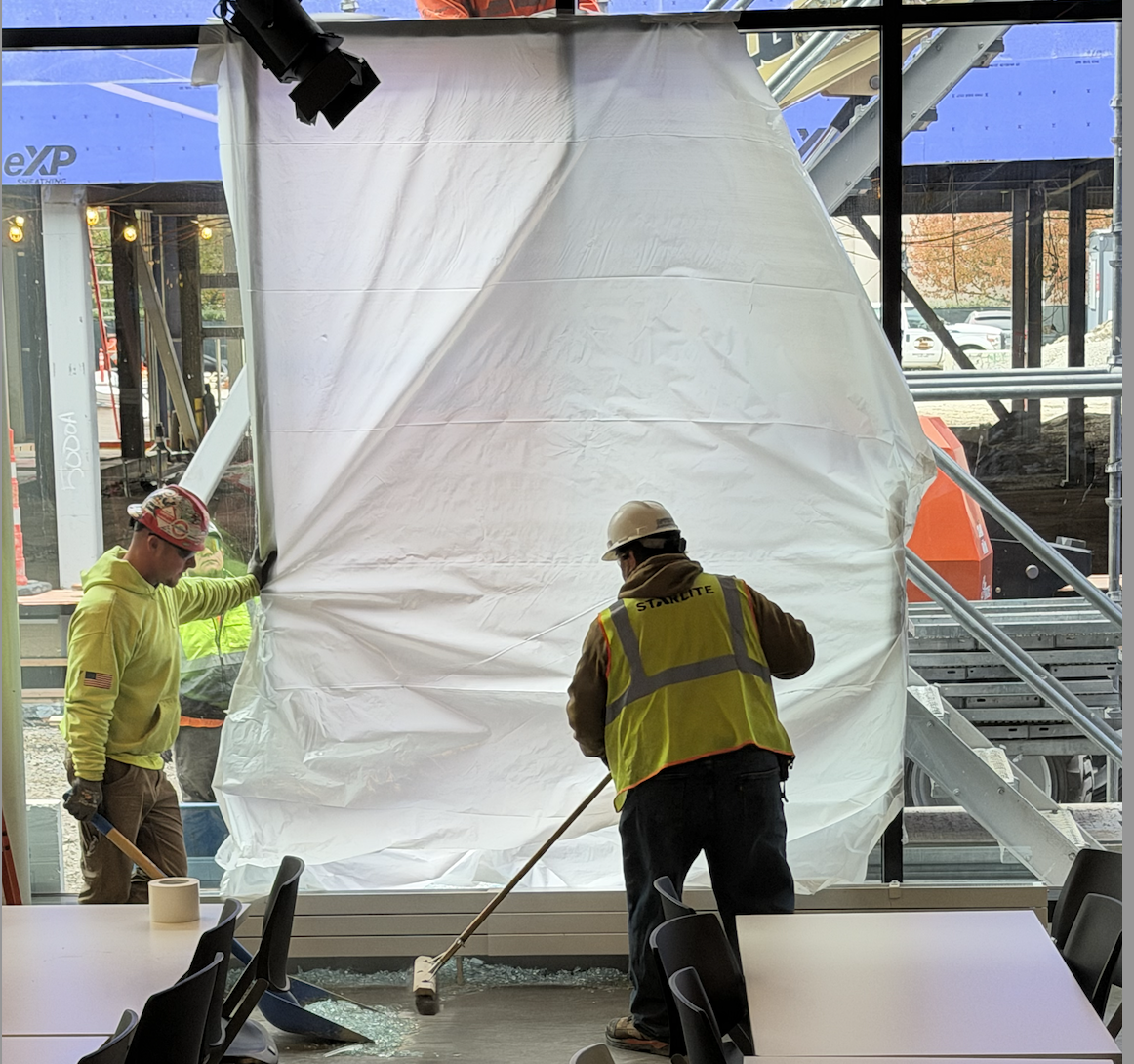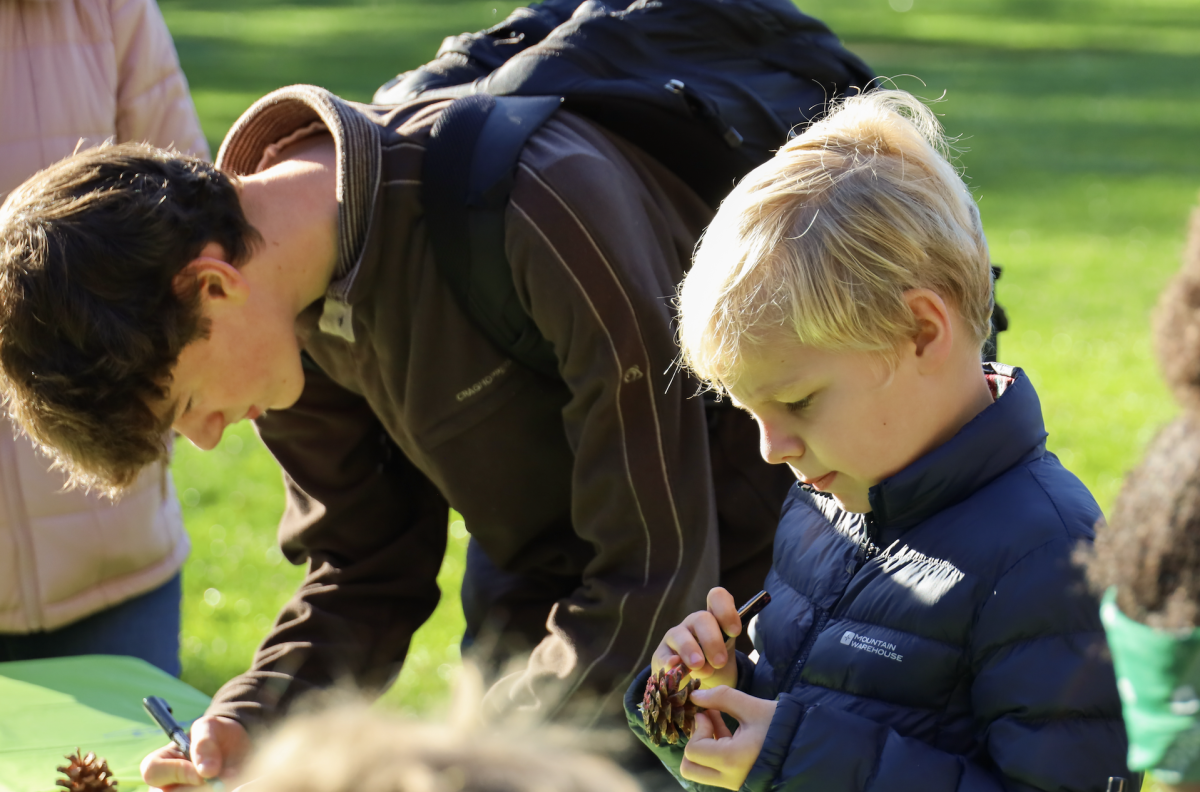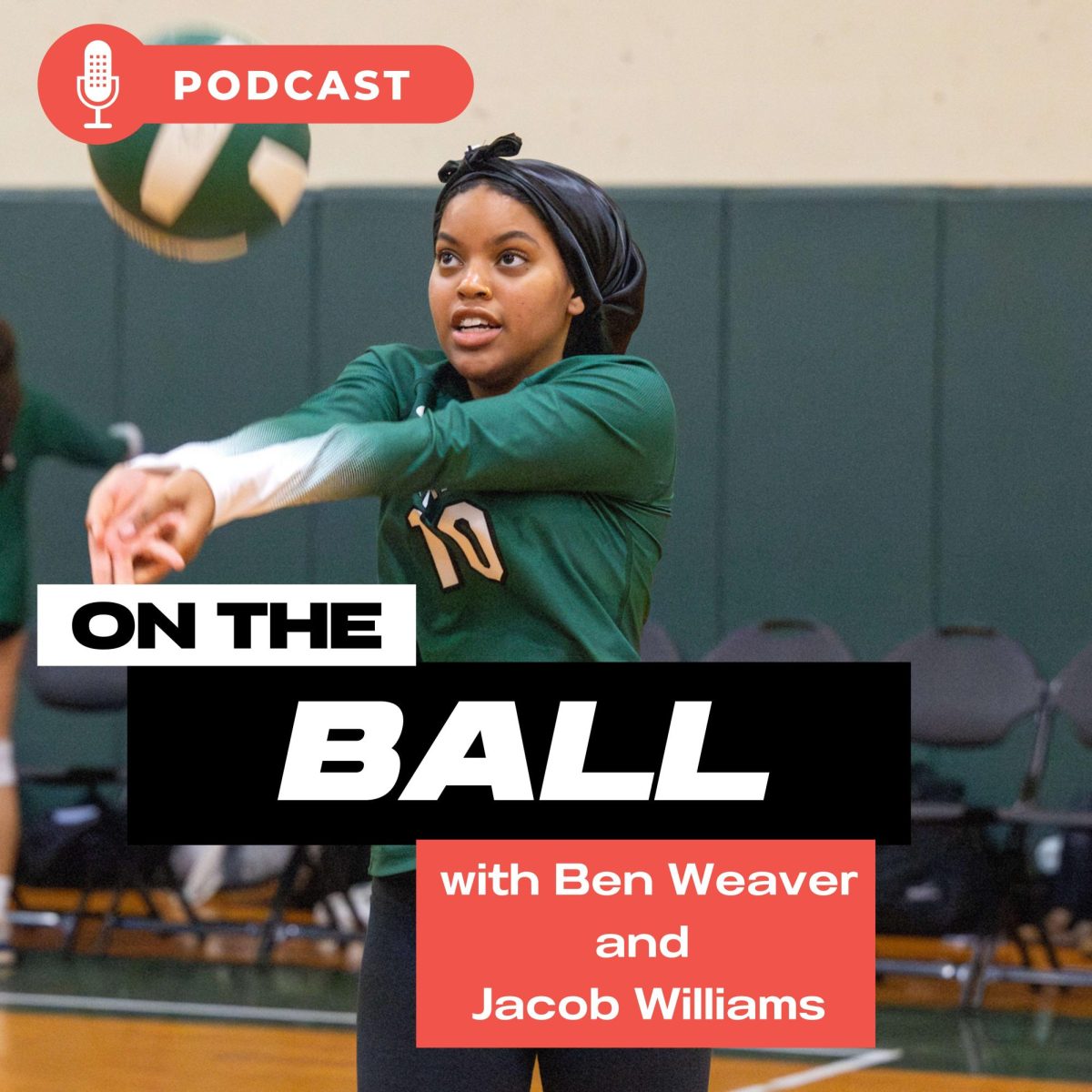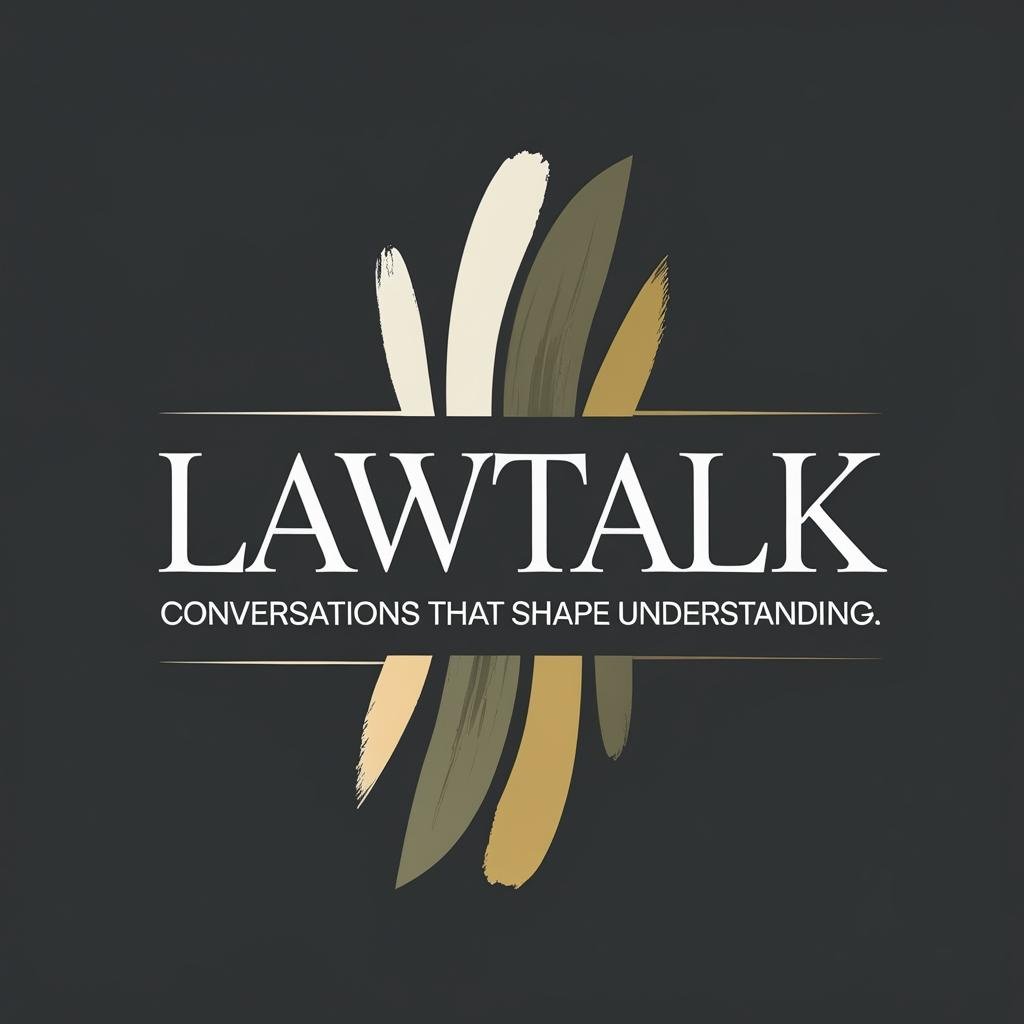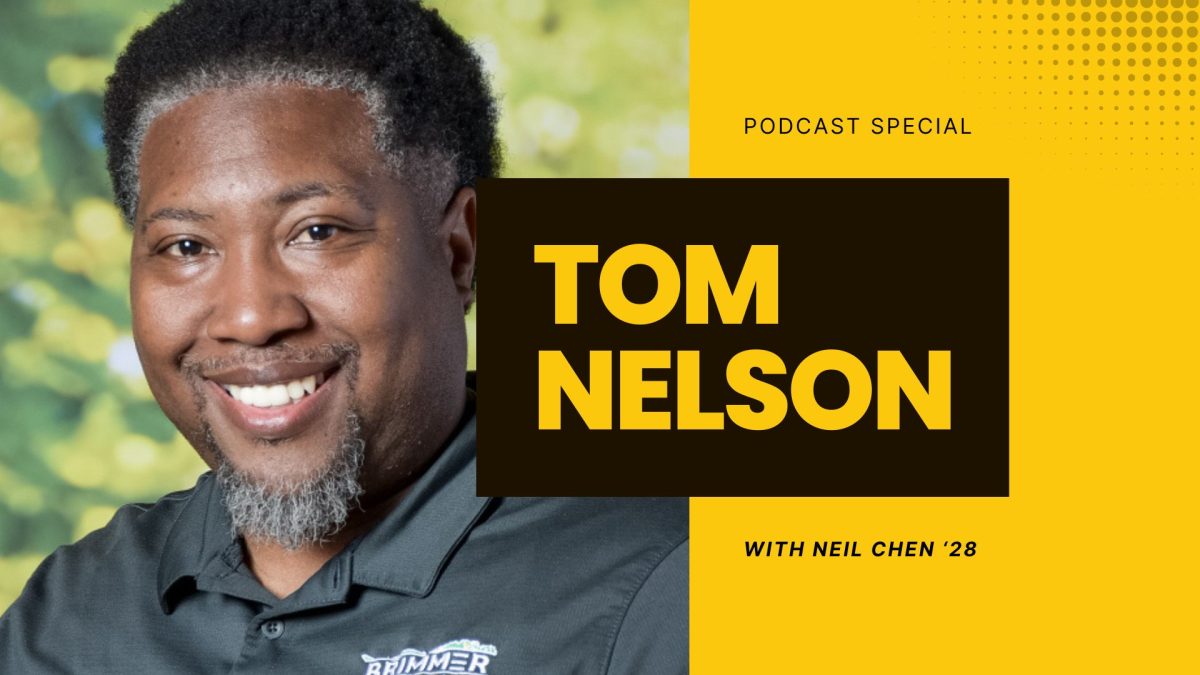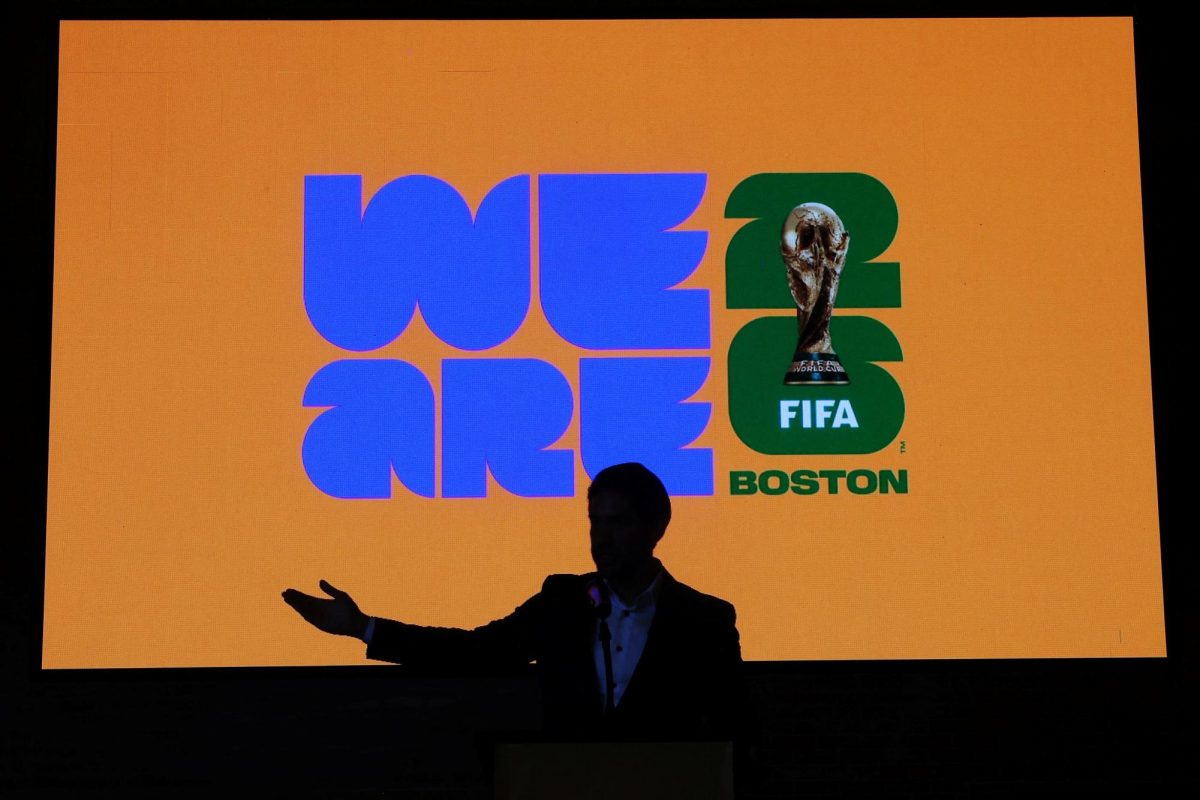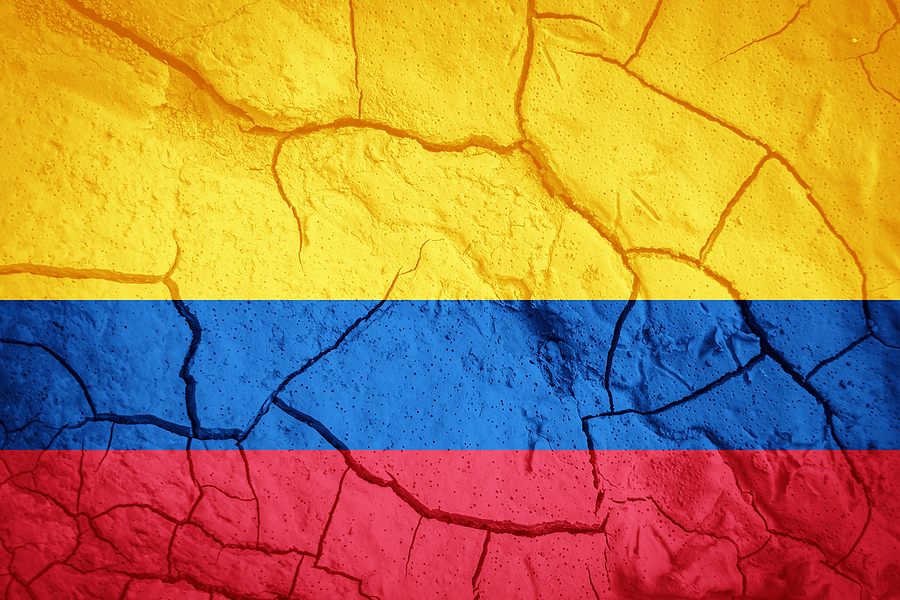Today, like many countries in South America, Colombia is struggling financially.
Colombians have been migrating to the United States since the 1930s; however, the root causes of their migration can be traced back to earlier struggles and challenges in their home country
My Colombian roots trace back many generations, and my mother, Adriana, immigrated here in 2000. I was always aware that Colombia’s government was deeply flawed, but I never understood why the nation struggled so much—until now.
The War of a Thousand Days
Colombia’s economic history is multifaceted. In 1898, the nation’s economy was bolstered by the production and exportation of commodities like gold and coffee.
However, from 1899 to 1902, Colombia faced La Gera de los Mil Días War, or the Thousand Days’ War—a civil conflict between the Liberal and Conservative parties ignited by political, social, and economic tensions. This war claimed around 100,000 lives due to combat and famine. It ended with the 1902 Treaty of Neerlandia, though minor clashes persisted until 1903.
The aftermath saw economic struggles and Colombia’s territorial loss, as Panama, once a part of Colombia, declared independence in 1903 with American support.
Unstable 20th Century
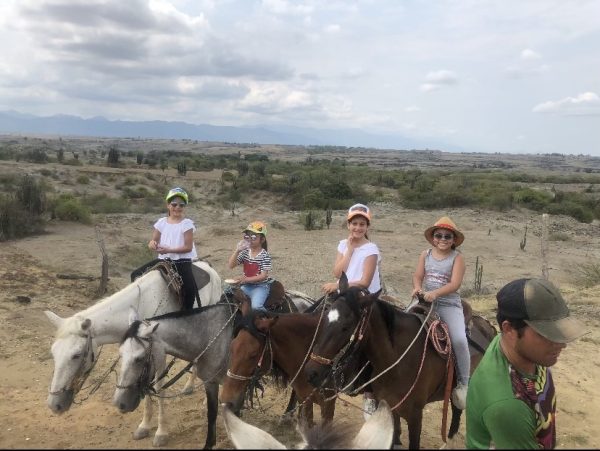
In the 20th century, the country experienced episodes of violence and civil unrest stemming from this division.
“This idea was new at the time but everyone knew it was bad,” my mother tells me. “The goal was to leave the country, yet it’s hard to be against a country you love so much, so many of us stayed neutral.”
While Colombia’s history of poverty and civil war is closely linked to the Thousand Days’ War, many South American countries grapple with similar challenges. I’ve come to realize that these entrenched problems often arise from the interplay between unstable political systems and drug-related issues.
South American drug cartels have gained increased prominence in the United States as they extend their influence from Latin America to American soil.
“What started as a small cocaine smuggling business has, in the last thirty years, blossomed into an enormous multi-national cocaine empire,” stated a recent PBS article.
The United States has monitored Colombia’s Medellín cartel since the 1980s. However, the government can only exert so much influence, especially when domestic demand drives the cartel’s operations.
“[The Medellín is] Colombia’s most powerful drug trafficking organization, a force with control over a massive swath of the country and the most important routes for moving cocaine to the United States,” writes Washington Post reporter Samantha Schmidt.
Founded by Pablo Escobar in the late 1970s, the Medellín Cartel became one of the most infamous drug cartels in history. Although based in Colombia, its influence extended to several South American countries, sourcing coca primarily from places like Peru and Bolivia
In 1991, Escobar surrendered to Colombian authorities and was arrested. However, by 1992, he had escaped and evaded capture, prompting a nationwide manhunt. The Colombian National Police finally located and killed Escobar in Medellin in 1993.
Colombia’s Historical Tumult
Colombia’s dangerous history extends back to when a segment of the country broke away and formed what is now known as Panama. Following the secession, the country experienced a series of internal conflicts and political upheavals.
In another dark chapter, Jorge Eliécer Gaitán, a prominent Colombian politician, was assassinated in 1948 by Juan Roa Sierra, who was shortly thereafter seized by a mob and murdered—preventing any detailed interrogation or trial.
While many attributed Sierra’s actions to discontent with Colombia’s economic condition, I contend that he aimed to clear the field for the upcoming election.
Following Gaitan’s assassination, Colombia split between Liberals and Conservatives. Liberals advocated for progressive reforms, secularism, and workers’ rights, emphasizing land reforms and diminishing church influence. In contrast, Conservatives, supported by the church and elites, favored traditional values, centralized governance, and religious integration in policy, resisting disruptive reforms.
Those who did not align with either label formed communist groups. These communist factions, like the Revolutionary Armed Forces of Colombia (FARC), the National Liberation Army (ELN), and the 19th of April Movement (M-19), largely consisted of guerillas. They held the conviction that violence was the sole method to convey their seriousness to the government.
In their quest to dominate Colombia and reinvigorate the cocaine and gold mining sectors, certain factions became notably assertive and dangerous by the early 2000s. Their aggressive postures led many Colombians to doubt the credibility of their leaders. Concurrently, the United States, recognizing the escalating influence of communism in Colombia, ramped up its measures to counteract its spread.
As recently reported in The Economist, as “the longest-running domestic conflict in the western hemisphere, [it] killed over 200,000 people and displaced around 7 million.”
Efforts at Peace and their Consequences
Between 2012 and 2016, the then-president of Colombia, Juan Manuel Santos, brokered a peace treaty with FARC, the largest communist group. The agreement aimed to guarantee that FARC members would neither harm civilians nor engage in cocaine cultivation and trafficking with neighboring countries.
The Colombian public opposed the peace deal due to its exclusion of a congressional seat for FARC. In response, President Santos amended the agreement to appease the populace and pushed it through Congress, where he held a majority.
In 2018, Ivan Duque, backed by former President Álvaro Uribe, was elected as the President of Colombia. He campaigned on the promise of evaluating the peace deal with FARC, taking a more stringent stance against the guerrilla groups associated with FARC. Additionally, Duque pledged to impose stricter penalties for crimes committed by FARC rebels—and to reconsider their representation in Congress.
Duque’s pledge came to fruition when, that same year, the FARC political party garnered less than 1% of votes from the House of Representatives and failed to secure any seats. Duque’s Democratic Centre party clinched those positions and emerged as the second-largest party in seat count that year.
In May 2021, the Kroc Institute, which pays attention to the progress of the peace accord released its fifth comprehensive report. It stated that progress was advancing at a slower pace compared to previous years due to the shift in focus to advancing medium and long-term goals.
Moreover, 2020 introduced two new challenges. The first was the emergence of illegal organizations formed after their leaders withdrew from the peace process initiated by Santos. These groups planned and executed threats, targeted killings, and massacres against the armed forces and police.
The second major setback occurred in 2020-2021, at the height of the COVID-19 pandemic.
In December 2020, UN High Commissioner for Human Rights Michelle Bachelet urged the Colombian government to tackle violence “targeting peasants, indigenous and Afro-Colombian people” and called on State authorities to take “concrete actions to effectively protect the population.”
In April 2021, the government’s bid to tackle the economic fallout from Covid-19 through proposed tax hikes sparked four days of protests across various cities. While the government eventually withdrew the tax initiatives, it couldn’t dampen the discontent, leading to a prolonged movement with near-daily demonstrations lasting until the end of July.
The grievances fueling this movement encompassed economic disparity, instances of police brutality, high unemployment rates, and inadequate public services. By the end of June 2021, it was reported that over 60 individuals had lost their lives in connection with these protests.
In November 2021, a report by the International Crisis Group (ICG) indicated that the Revolutionary Armed Forces of Colombia (FARC) had refrained from reverting to violence but faced challenges adapting to a peaceful public life. The ICG emphasized that the former FARC leadership tightly controlled a newly-formed political party, which struggled to gain public support.
The new organization urged the U.S. to delist FARC from its foreign terrorists register, highlighting that many former combatants struggled with basic tasks, such as opening bank accounts.
In January 2022, the International Crisis Group (ICG) warned Colombia that the peace they had achieved was “withering” in rural areas. Numerous individuals voiced concerns that the violence in these regions mirrored the intensity before the peace agreement. The situation deteriorated further as more guerrilla groups backed out of the accord established by Santos.
Colombia was “widely recognized as the most dangerous country in the world for those who defend human rights,” according to Amnesty International, and protection measures for them “remained limited and ineffective, and impunity for crimes against them continued.”
In January 2022 Carlos Camargo, human rights ombudsman of Colombia, reported at least 145 deaths in the community of leaders and rights defenders. Victims were no longer just townspeople, but political leaders.
In the 2022 elections, Gustavo Petro emerged victorious. Years earlier, Petro had been a member of the notorious guerrilla group, M-19. He campaigned on a platform committed to combating inequality and putting an end to both governmental corruption and guerrilla factions. Emphasizing his stance, Petro frequently reiterated that his approach to these challenges would be pursued through “peaceful” means.
In his actions, Petro seems to have deviated from his promises, as poverty rates have risen and violence against human rights has increased under his leadership. He has been criticized for being lenient with guerrillas, leading many to speculate that his past affiliation with a guerrilla group and the support he received from former guerrilla members and leftist politicians influenced his decisions.
It has only been a year since Perto was elected, and the country is in ruin.
When confronted about the issues arising under his leadership, Petro frequently asserts that they will be addressed peacefully, yet often takes no punitive action. This approach has resulted in significant migration from Colombia, leaving many uncertain about the future.
Now, the guerrilla groups have enlarged in Colombia and violence is everywhere.
Most Colombians cannot leave their house with a phone, jewelry, or bag out since they could be robbed or killed. Colombia is marked as a Level 3 Zone by the U.S. Department of State’s Travel Advisory, which urges Americans to reconsider travel to Colombia, as it is incredibly dangerous.
While the terrorism and violence occurring in Colombia is not unique to nations in South America, it is unique to me. Colombia will always hold a special place in my heart, and to think that so many people are suffering and fighting for basic human rights tears me apart.
It may be unrealistic for the conflicts in Colombia to disappear, but the most I can hope for is that the Colombian immigrants who are trying to make new lives for themselves in the US can find the same solace that my family did.

